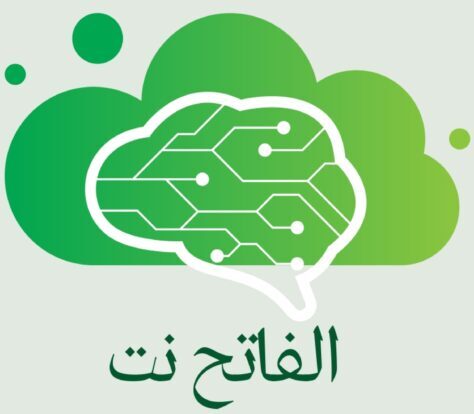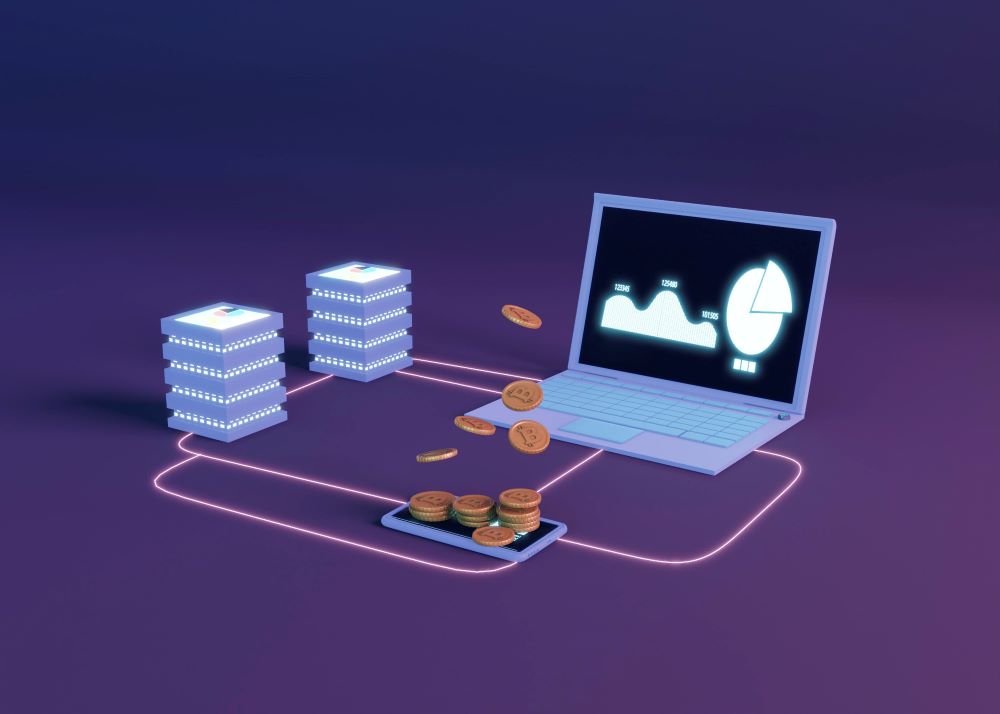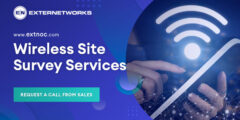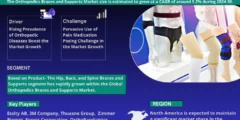In the realm of technological innovation, the convergence of Internet of Things (IoT) and blockchain technology has emerged as a potent force driving product development across industries. This fusion offers a myriad of opportunities for businesses to enhance efficiency, security, and transparency in their operations. As we delve into the intricate interplay between IoT and blockchain, it becomes evident that their integration holds immense potential to revolutionize various aspects of blockchain product development.
Understanding IoT and Blockchain
Before delving into their synergy, let’s briefly elucidate IoT and blockchain individually.
Internet of Things (IoT):
IoT refers to the network of interconnected devices embedded with sensors, software, and other technologies that enable them to collect and exchange data over the internet. These devices can range from smartphones and wearables to industrial machinery and smart home appliances.
Blockchain:
Blockchain is a decentralized and distributed ledger technology that records transactions across a network of computers in a secure and immutable manner. It operates on principles of transparency, decentralization, and cryptographic security, making it ideal for ensuring trust in digital interactions.
The Synergy Unleashed: IoT Meets Blockchain
Enhanced Data Security and Integrity
One of the primary challenges in IoT deployments is ensuring the security and integrity of the vast volumes of data generated and transmitted by connected devices. Here’s where blockchain steps in as a game-changer. By leveraging its cryptographic mechanisms and decentralized architecture, blockchain offers robust data security and tamper-proof record-keeping capabilities. Each data transaction within the IoT network can be cryptographically sealed into blocks and added to the blockchain, creating an immutable audit trail. This ensures that the data remains trustworthy and unaltered throughout its lifecycle, thereby mitigating risks associated with data tampering and unauthorized access.
Seamless Interoperability and Data Sharing
In many IoT ecosystems, interoperability issues arise due to the fragmentation of devices and protocols. Blockchain facilitates seamless interoperability by serving as a decentralized platform for data sharing and exchange among disparate IoT devices and systems. Smart contracts, self-executing agreements programmed on the blockchain, play a pivotal role in automating and enforcing the terms of data exchange and collaboration between IoT devices. This interoperability fosters a cohesive ecosystem where devices can communicate, transact, and collaborate autonomously, driving efficiency and innovation in product development processes.
Immutable Traceability and Supply Chain Management
Supply chain management stands to benefit significantly from the integration of IoT and blockchain technologies. By deploying IoT sensors and devices to track the movement and condition of goods throughout the supply chain, businesses can capture real-time data on parameters such as location, temperature, humidity, and more. This data can then be securely recorded on the blockchain, providing stakeholders with an immutable and transparent record of the product’s journey from source to destination. Such transparency enhances traceability, reduces counterfeiting and fraud, and enables swift identification and resolution of issues such as product recalls or quality deviations.
Decentralized Autonomous Organizations (DAOs) and Smart Governance
Blockchain-enabled IoT networks pave the way for the emergence of decentralized autonomous organizations (DAOs) and innovative governance models. These decentralized entities operate on smart contracts and consensus mechanisms encoded within the blockchain. It enabling autonomous decision-making and resource allocation without the need for traditional intermediaries. In the realm of product development, DAOs can facilitate collaborative innovation and crowdfunding initiatives, where stakeholders collectively contribute resources, ideas, and expertise towards the creation of new products and services. This decentralized approach fosters inclusivity, transparency, and efficiency in the product development lifecycle, empowering participants to co-create value in a trustless manner.
Real-world Applications and Case Studies
The integration of IoT and blockchain is not just theoretical; it is already making waves across various industries with tangible implementations. Let’s explore some real-world applications and case studies showcasing the transformative potential of this convergence:
Supply Chain Traceability: IBM’s Food Trust platform leverages blockchain and IoT to enhance transparency and traceability in the food supply chain. By tracking the provenance of food products from farm to fork. The stakeholders can verify authenticity, ensure food safety, and reduce food waste.
Smart Energy Grids: Projects like Power Ledger utilize blockchain and IoT to create decentralized energy trading platforms, allowing prosumers to buy, sell, and trade renewable energy peer-to-peer. IoT-enabled smart meters monitor energy production and consumption in real-time, while blockchain ensures secure and transparent transactions.
Healthcare Data Management: Healthcare organizations are exploring blockchain and IoT solutions for secure and interoperable management. The patient health records and medical IoT devices. By storing medical data on a blockchain and granting patients control over their health . This information, these solutions enhance privacy, security, and patient-centric care delivery.
Supply Chain Finance: Trade finance platforms like we.trade harness blockchain and IoT to streamline supply chain finance processes. It enabling automated financing and risk mitigation based on real-time supply chain data. By integrating IoT data such as shipment status and inventory levels with blockchain-based smart contracts. These platforms facilitate faster and more transparent trade finance transactions.
Future Directions and Considerations
As IoT and blockchain continue to evolve, their convergence is poised to drive even greater innovation and disruption across industries. However, several considerations must be addressed to fully realize their potential:
Scalability: Both IoT and blockchain face scalability challenges, especially when dealing with the massive influx of data from IoT devices. Scalability solutions such as sharding, layer 2 protocols, and optimized consensus mechanisms are crucial for accommodating growing network demands.
Privacy and Data Ownership: Ensuring privacy and data ownership rights is paramount. It particularly in IoT deployments where sensitive personal and corporate data are involved. Privacy-preserving techniques such as zero-knowledge proofs and data encryption can help mitigate privacy risks while maintaining data integrity.
Regulatory Compliance: The intersection of IoT and blockchain raises complex regulatory and compliance issues. It especially concerning data protection, cybersecurity, and legal frameworks for smart contracts and decentralized governance. Collaborative efforts between industry stakeholders and regulators are essential to establish clear guidelines and standards for responsible deployment and operation.
Interoperability Standards: Establishing interoperability standards and protocols. It is crucial for fostering seamless integration and communication between IoT devices and blockchain networks. Industry consortia, open-source initiatives, and standards bodies play a vital role in driving consensus and interoperability across diverse ecosystems.
Conclusion
The convergence of IoT and blockchain represents a paradigm shift in the landscape of product development. This unlocking new possibilities for efficiency, transparency, and innovation. By harnessing the synergies between these transformative technologies, businesses can reimagine traditional processes. It create new value propositions, and pioneer novel business models. As we embark on this journey of exploration and experimentation, it is imperative to embrace collaboration. It also innovation, and responsible stewardship to realize the full potential of IoT-enabled blockchain solutions in shaping the future of product development.








